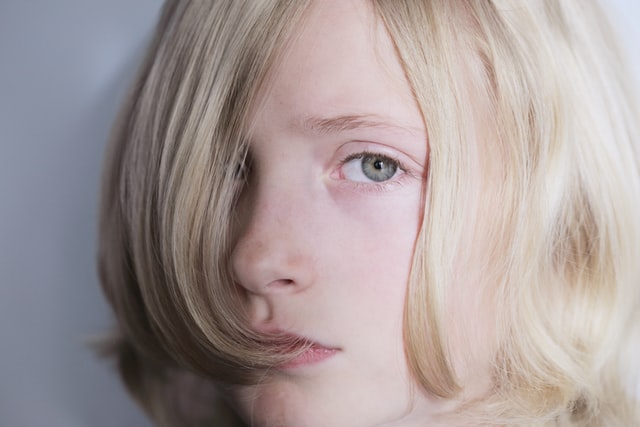When we ask questions or have hard conversations with others, we are making ourselves vulnerable. Most people fear being vulnerable. It takes courage to open ourselves to shame or criticism. And learning how to allow oneself to recognize and address those who shame is a powerful life skill we can give our children.
According to Bene Brown, an educator and shame specialist, vulnerability requires one to really show up and let people in. She points out that vulnerability has been perceived as a weakness, but she has not found one piece of evidence that proves that. She points out that all acts of courage require vulnerability. This means we have to have the ability to take a risk, be open to ridicule, and uncertainty. Allowing ourselves to be vulnerable opens up the opportunities to feel joy, love, and a sense of belonging. She further points out that we have to learn to be vulnerable to gain trust, be innovative, problem-solve, and make ethical decisions.
Not all classrooms offer a safe place for students to be vulnerable, especially with the push to get through the curriculum. The responses to questions can either result in students getting needed learning support, receiving constructive criticism, or experiencing shame.
Let’s face the facts, we cannot control the responses of others to our children, but we can prepare them to handle any negative responses they may experience. It will not serve or children well if we try to always find the nurturing teacher or protect them from the less than professional people they will definitely encounter in other classrooms and with other bosses.
In order for students to become resilient, they need a clear understanding of the difference between constructive comments and shaming ones. Rene Brown continues to point out that to determine which is which, they need to understand the difference between shame and guilt.
Shame is the feeling of isolation. It focuses on the self as having something ‘inherently wrong with me.’ It is the internal statements, “I am not good. I can’t do anything. This bad test proves I am a horrible student. I am a mistake. Because I am no good, I don’t see a way of improving this situation.”
Guilt focuses on behavior. “This test proves I made a mistake by not studying more.” “I misplaced my homework, because I didn’t put it away was soon as I finished it.” Guilt allows one to admit when they made a mistake. Admitting one made a mistake requires them to see mistakes as valuable. Mistakes are a sign that we need to do something differently. “I am not the mistake, but I am one who made a mistake that can be corrected, and then I can improve”
Rene spoke of a situation in her daughter’s kindergarten classroom. Her daughter was focused on her painting and had glitter and paint everywhere. The teacher commented, “Boy you are a mess aren’t you.” Her daughter responded, “I am an artist that made a mess. I am not a mess.” If a five year old can determine the difference between the two, they will be protected from whatever someone else might says about them.
Creating a classroom that allows children to be vulnerable, must create an understanding of the difference between guilt and shame before children will comfortable asking questions. Once children know the difference, they are more inclined to ask questions and the teacher can build a classroom that is supportive and empathetic.
